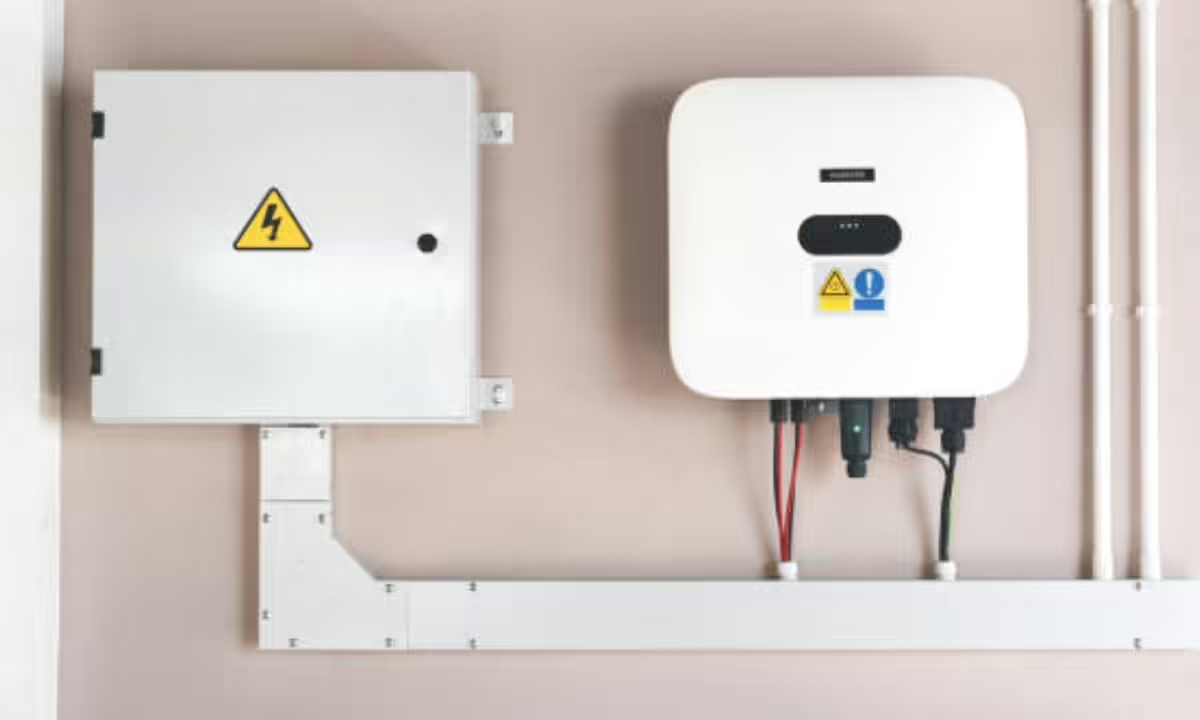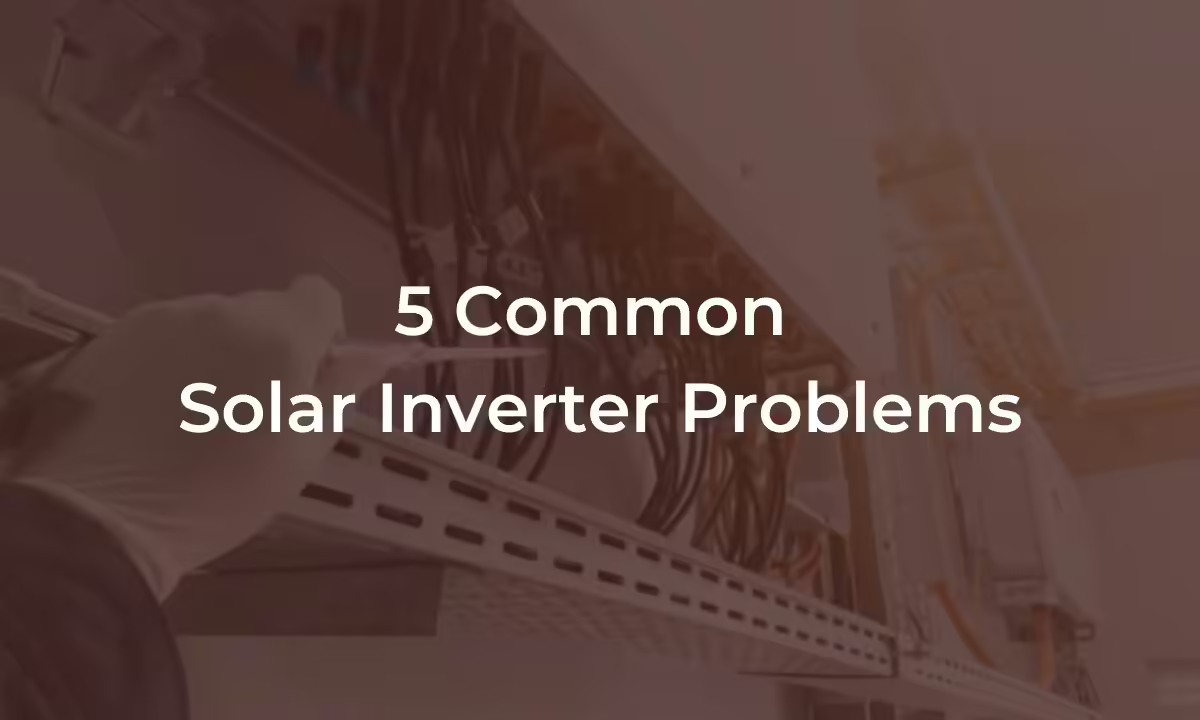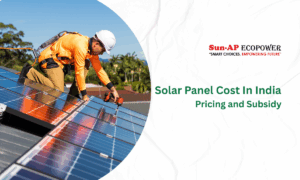As solar power becomes an increasingly popular renewable energy solution for households, understanding the workings of a solar power system—especially the solar inverter—is essential. A solar inverter is the heart of a solar system, converting DC (direct current) from solar panels into AC (alternating current) suitable for home appliances. However, solar inverters may face issues over time like any electronic device. Knowing how to troubleshoot these common problems can save you time and money, ensuring your solar energy system operates efficiently. In this guide, we’ll discuss common issues you may encounter with your solar inverter and practical troubleshooting steps to help you resolve them from home.
Solar Inverter Not Turning On

One common issue with solar inverters is that they may fail to turn on. This can occur for various reasons, including a tripped circuit breaker, loose connections, or faulty wiring. If your solar inverter isn’t powering up, first check the circuit breaker for any tripped switches and reset them if necessary. Loose connections between your solar panels, inverter, and battery can also prevent the inverter from starting. Inspect the wiring to ensure everything is securely connected. In cases where these basic steps don’t help, the problem might be more complex, and a professional technician should be consulted.
Troubleshooting Steps:
- Check and reset the circuit breaker.
- Inspect for loose connections.
- Test wiring with a multimeter for continuity.
Error Code Displayed on the Solar Inverter
Many solar inverters come with digital displays that show error codes when something goes wrong. These codes can indicate various issues such as grid failure, overheating, or system faults. Consult the user manual to interpret the specific error code displayed, as each code will have a different meaning depending on the brand and model of your inverter. For some codes, like grid-related errors, the issue may be with the local power supply rather than the inverter itself. However, for inverter-specific errors, try resetting the device or performing a system restart as indicated in the manual.
Troubleshooting Steps:
- Refer to the user manual for error code meanings.
- Restart or reset the solar inverter as per manual instructions.
- If the error persists, contact customer support for further assistance.
Low Power Output from the Solar Inverter
If you notice that your solar system is producing less power than expected, the solar inverter could be the issue. Low power output is often due to shading, dirt on the solar panels, or malfunctioning solar panels themselves. Begin by checking the solar panels for any debris, dirt, or shading that may block sunlight. If the panels appear clean and unobstructed, the issue might be with the inverter. Use a multimeter to measure the input and output power of the inverter and compare these readings with the manufacturer’s specifications. Consistent low output may indicate the need for a more thorough inspection by a professional.
Troubleshooting Steps:
- Clean the solar panels and ensure no shading obstructs them.
- Measure input and output power using a multimeter.
- If output remains low, consult a technician for further diagnostics.
Solar Inverter Overheating
Solar inverters can overheat if they’re installed in an area with poor ventilation or if they’ve been running at full capacity for extended periods. Overheating can lead to inverter shutdowns or degraded performance. Place your inverter in a shaded, well-ventilated area to minimize heat exposure. Many inverters come with built-in fans; however, these can accumulate dust and reduce cooling efficiency over time. Regularly clean the fans and ventilation grills to prevent overheating. If the inverter continues to overheat despite these efforts, consider consulting an installer for a potential repositioning of the unit.
Troubleshooting Steps:
- Ensure the inverter is installed in a shaded, ventilated area.
- Clean any dust from fans and ventilation openings.
- If overheating continues, seek professional advice on repositioning the inverter.
Battery Not Charging
If your solar system includes a battery backup, another common issue is the battery not charging. This problem could be due to an incompatible or faulty battery, loose connections, or an issue with the charge controller within the solar inverter. Check all battery connections to ensure they are tight and secure. Some solar inverters have charge controllers that manage the battery charging process, and a malfunction in this component may prevent proper charging. If your inverter doesn’t seem to be charging the battery as expected, inspect the charge controller or consider upgrading to a compatible battery if necessary.
Troubleshooting Steps:
- Tighten all battery connections.
- Check compatibility between the battery and the solar inverter.
- Examine the charge controller for any faults or malfunctions.
Additional Maintenance Tips
- Regular Cleaning and Inspection: Keep the inverter and surrounding area free from dust and debris.
- Firmware Updates: Many modern inverters support firmware updates. Keeping the inverter updated can help fix bugs and improve performance.
- Periodic Monitoring: Check your solar system’s performance periodically to catch any issues early.
Conclusion
Being familiar with common solar inverter problems and basic troubleshooting steps can save you from potential system failures and costly repairs. While some issues can be addressed at home, always prioritize safety and consult a professional if you’re unsure. Maintaining your solar system is key to maximizing its efficiency and extending the lifespan of your inverter, ensuring you continue to benefit from clean, renewable energy.
Sun-AP Ecopower has been characterized by innovations within renewable energy solutions. The effectiveness and reliability will be aimed at tapping into better performance in harnessing solar energy in homes and enterprises.




